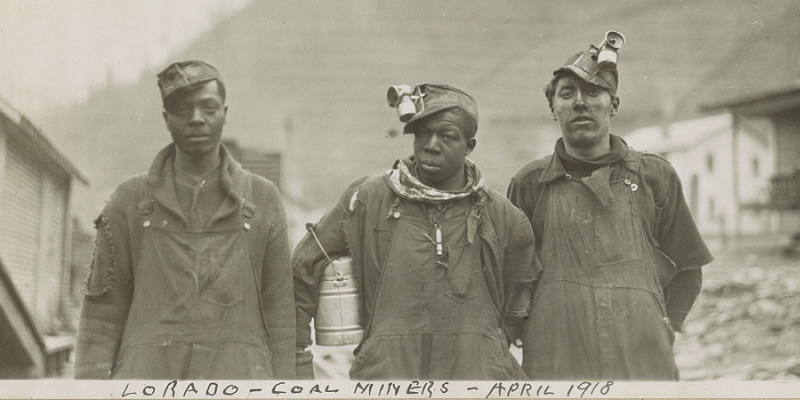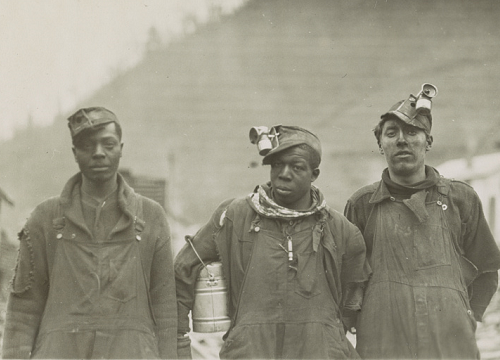What You Probably Didn’t Know About the Role of Black Miners in U.S. History

The mining industry has played a crucial role in America’s economic growth and development. Black Americans have had an integral role in shaping our nation’s mining industry since its earliest days — and yet their contributions remain largely unrecognized by mainstream history books. In fact, Black men and women were among the first to join and organize unions in many fields, and mining is no exception.
From the mid-1700s, enslaved workers in the coal pits of Richmond, Virginia, were among the first to work in America’s commercial coal mines. Thrown into harsh labor conditions and exploitation, some of these miners managed to acquire skills and knowledge that would eventually give rise to a Black-led mining culture.
One of the largest coal companies operating in the Richmond Basin (Virginia) in the late 1830s was the Midlothian Mining Co., which used around 150 enslaved black workers. After emancipation, industrializing central Appalachia saw Black miners come closer to finding economic equality than in any other coalfield, though the work was dangerous and difficult. This potential economic equality sparked a large influx of African Americans into the area. By 1920, about 88,706 African Americans resided in central Appalachia and over 26% of all mine workers in the area were Black.
During those mercurial times, Black miners increasingly organized themselves into unions to push for better working conditions and wages. One of the most notable events in the history of Black miners and unionization is the Miners’ March of 1921 in West Virginia where African American miners made up a significant portion of the striking workforce. The Miners’ March culminated in the dramatic Battle of Blair Mountain, where Black and white miners united under the banner of the United Mine Workers of America (UMWA) to face off against a force composed of law enforcement officers and hired agents. At that time, the UMWA was considered one of the leading labor organizations for interracial membership.
Unfortunately, with the rise of Jim Crow segregation laws, Black miners faced increasing discrimination throughout the early 20th century and many eventually lost their jobs or were forced out of unions altogether. And during the Great Depression, Black miners were often the first to be laid off as the industry faced hard times. Many of those jobs were never recovered, and this was especially true for Black miners. Even so, today there are still Black coal miners striving to keep the legacy of their forebears alive.
Only 4.7% of coal mine workers in the U.S. today are Black. At the Mine Safety and Health Administration, we’re committed to advancing diversity, equity, inclusion and accessibility (DEIA) in the mining industry, and protecting the safety and health of all miners.
Black miners and their families never stopped fighting for justice and equality. We remember those who sacrificed so much for us, tell their stories and honor their memory by striving toward a more equitable future for everyone involved in this critical industry. It is only through acknowledging our shared past that can we truly move forward together toward progress and prosperity for generations to come.
Learn more about Black history in U.S. mining:
-
West Virginia Humanities Council: “African American Coal Miners”
-
The Mining & Rollo Jamison Museums: “African Americans in the Lead Mining District”
Ursula Frazier is the Management Officer for Educational Policy and Development at the Mine Safety and Health Administration. Follow MSHA on Twitter and Facebook.
Koebel.Tiffany…
Wed, 02/15/2023 – 16:27


Comments are closed.